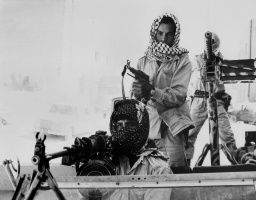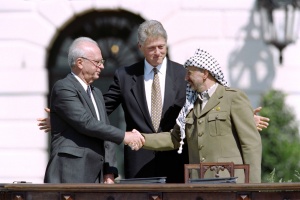 Declaration of Principles
Declaration of Principles
On the 13th of September 1993, the Palestine Liberation Organization, represented by the Secretary General of its Executive Committee, Mahmoud Abbas, and Israel, represented by its Foreign Minister, Shimon Peres, sign the Declaration of Principles on Interim Self-Government Arrangements (DOP) at the White House under the auspices of U.S. President Bill Clinton. The Historic handshake between Yasser Arafat and Yitzhak Rabin is broadcast the world over. The Declaration of Principles on Interim Self-Government Arrangements provides for a transitional period not exceeding five years and the election of a Palestinian Authority Council; permanent status negotiations on Jerusalem, refugees, settlements, security arrangements, borders, and relations and cooperation with other neighbors, to commence as soon as possible, but not later than the beginning of the third year of the interim period. The aim of the negotiations on permanent status issues is the implementation of UN Security Council resolution 242 (1967).
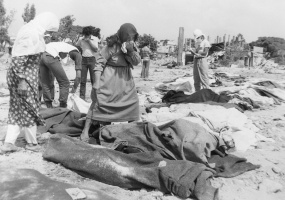
Sabra and Shatila
On the 16th and 17th of September 1982, despite Israel’s promise to the U.S. envoy to guarantee the safety of Palestinian refugees in Lebanon upon the withdrawal of the Palestine Liberation Organization fighters, Israeli forces in the vicinity of the Palestinian refugee camps of Sabra and Shatila allow Lebanese Phalangist units to enter the camps. Under Israeli surveillance, the Phalangists commit a horrific massacre in the camps killing over 800 people, including women and children.
British Mandate for Palestine 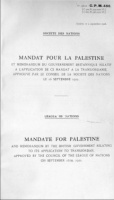
On the 24th of July 1922, the Council of the League of Nations adopts the British Mandate for Palestine which incorporates the Balfour Declaration. On the 16th of September, the Council adopts a resolution to affectuate Article 25 of the mandate and excludes Transjordan from the applicability of the articles related to the Jewish National Home. In 1923, the mandate commences and Britain, de jure, becomes the mandatory power in Palestine.
Black September 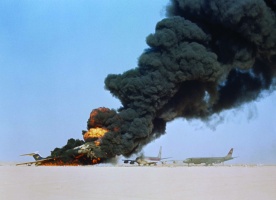
On the 7th of September 1970, members of the Popular Front for the Liberation of Palestine (PFLP) hijack and divert four airplanes to Al-Mafraq Airport in Jordan. The hijackers destroy the planes on the 12th of September.
The Jordanian Armed Forces wage a full-scale campaign to root out the military and political presence of the Palestine Liberation Organization factions. After Arab mediation, Yasser Arafat leaves Jordan, and the Palestinian forces withdraw from Amman to the northern part of the country.
In September 1971, after the battles in Jerash and Ajloun in Jordan, where Commander of the Palestinian forces 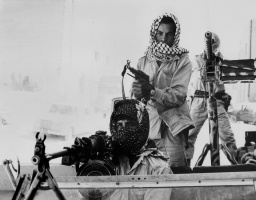
and member of the Central Committee of Fatah Walid Ahmad Nimer (Abu Ali Iyad) is killed, factions of the Palestine Liberation Organization depart to Mount Hermon and Lebanon.
Tunnel Intifada 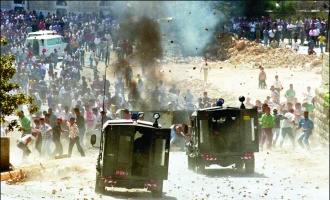
Israel, the occupying power, digs a tunnel along the western wall of Al-Haram Al-Sharif in the Old City of East Jerusalem on the 24th of September 1996, sparking demonstrations by Palestinians throughout the occupied territories. In the ensuing days, the Israeli occupation forces use tanks and helicopter gunships to attack Palestinian police and civilians. The clashes lead to the deaths of 69 Palestinian police and civilians and 15 Israeli soldiers.
